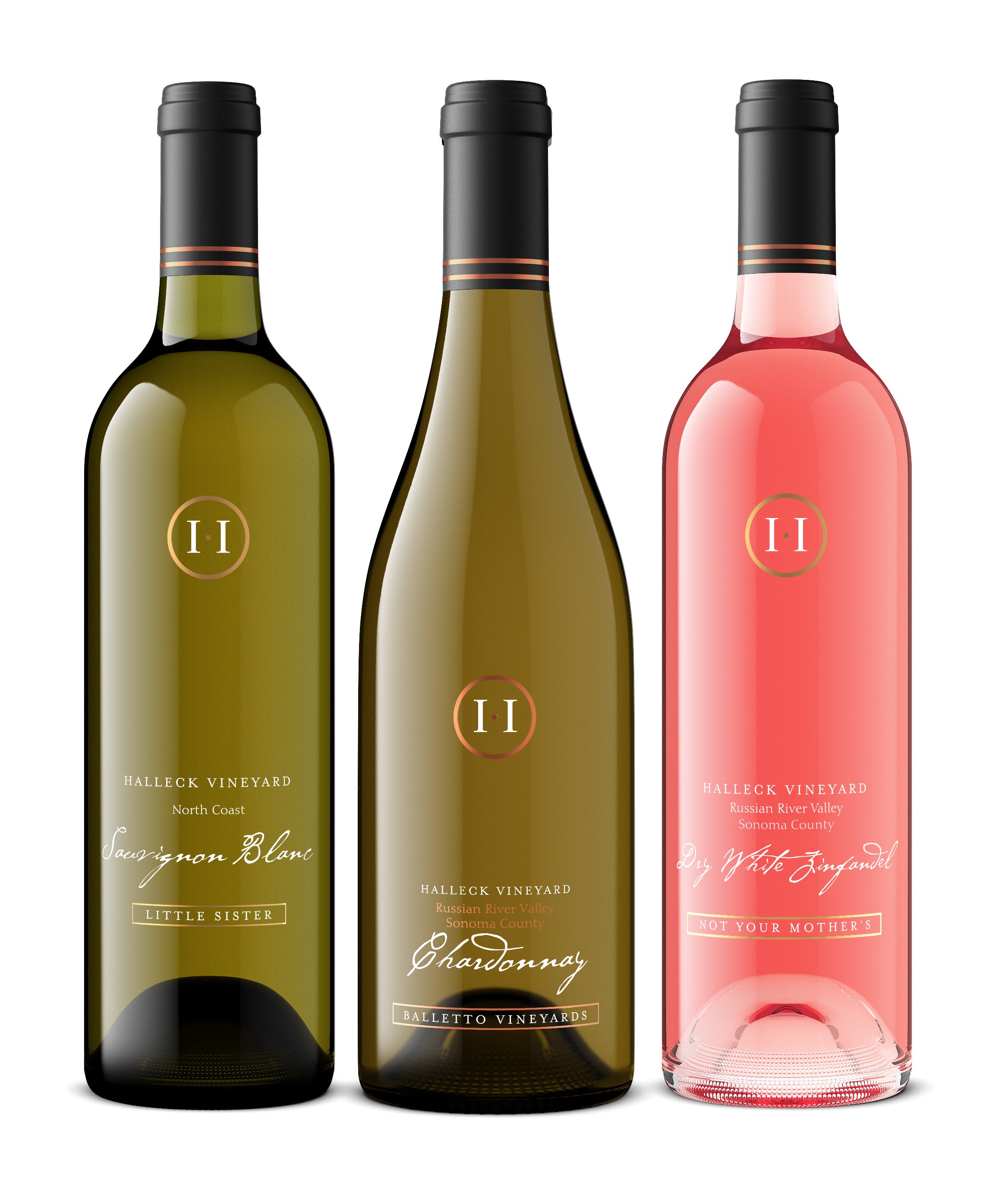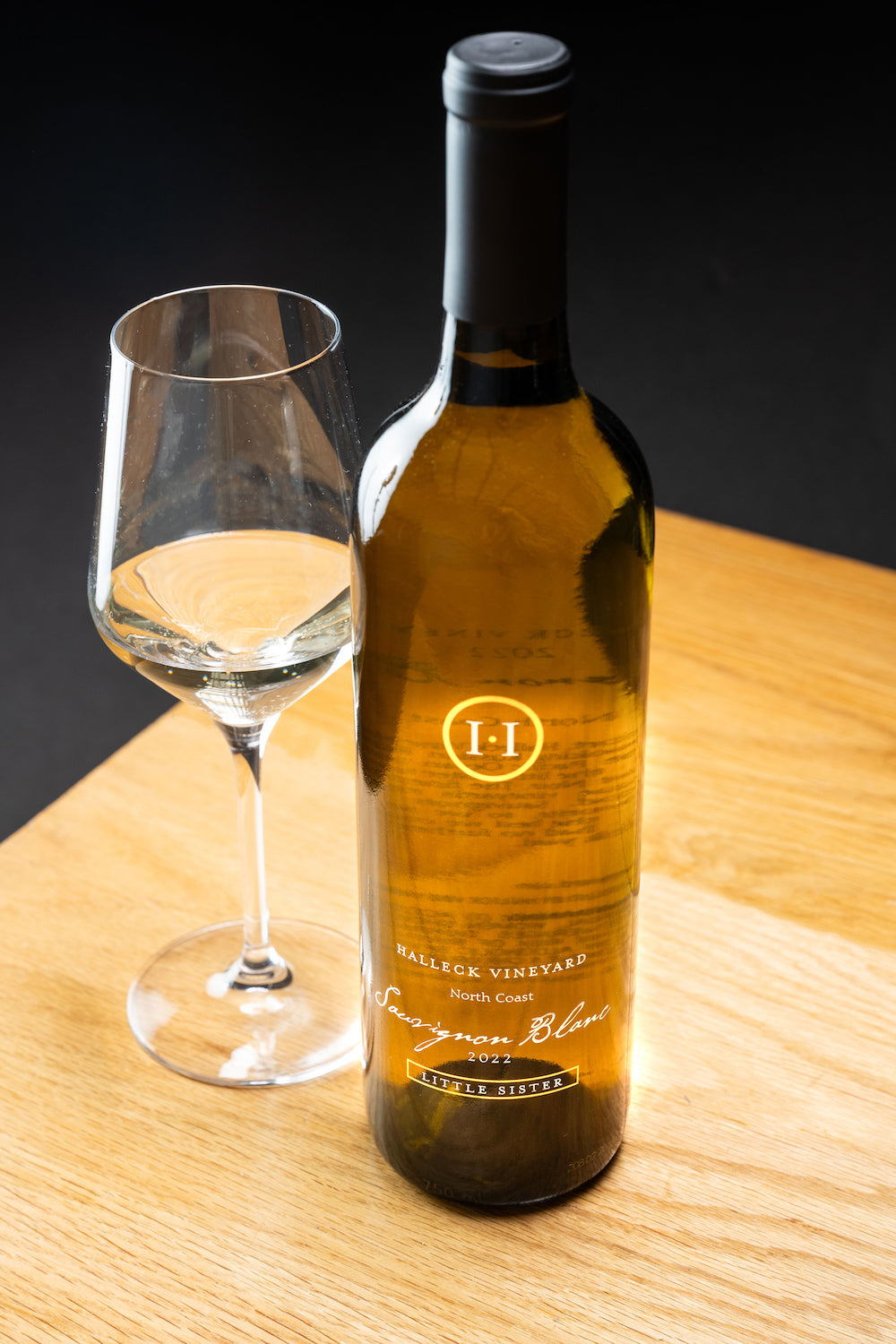Wineries With Educational Tours In Sonoma - Exploring The Vineyards In Sonoma County
Wine tasting is an art that requires practice and an understanding of varied features concerned within the course of. One essential element of wine tasting is the development and interpretation of tasting notes, which serve as a guide for both novices and seasoned connoisseurs. A Guide To Understanding Winery Wine Tasting Notes can enhance your wine-tasting experience, making it more significant and enjoyable.

Tasting notes are concise descriptions that seize the essence of a wine’s flavors, aromas, and general character. Usually composed by professional tasters, winery tasting notes supply insights into the nuances of various wines. They might help wine enthusiasts perceive what to expect from a specific bottle. Nonetheless, tasting notes can vary broadly in style and detail primarily based on the writer's experience and palate.
Family Friendly Wineries With Outdoor Spaces - Sonoma Wine Tastings
When you first strategy a glass of wine, your senses will start to have interaction immediately. The sight, smell, and style of the wine will converge to give you a whole experience. Tasting notes usually begin with the visible assessment, where the color of the wine is taken into account. Colour plays a big role in indicating the wine’s age, grape selection, and even its flavor profile.
After assessing the visual side, the following step includes swirling the wine within the glass. This motion aerates the wine, allowing its aromas to awaken. Smelling the wine provides crucial insight into its complexity. The preliminary sniff can deliver a flood of scents that will embody fruity, floral, herbal, or earthy notes. This is commonly the most subjective a part of tasting, as individual experiences can dramatically differ.
In winery tasting notes, descriptors are sometimes categorized into primary, secondary, and tertiary aromas. Main aromas usually stem from the grape selection, secondary aromas derive from fermentation processes, and tertiary aromas come up from growing older. Understanding these classes can help you respect the depth of a wine, and they also give you the vocabulary to specific your experience better.
Wineries With Breathtaking Gardens In Sonoma - Local Wineries In Sebastopol
Following the olfactory encounter, your focus will shift to the taste of the wine. This is the place the first characteristics—sweetness, acidity, tannins, alcohol—come into play. Tasting notes typically detail these flavors in a quantity of dimensions, including the initial attack on your palate to the lingering finish in your tongue. A high-quality wine will present a harmonious stability between these components.
Whereas tasting, it is essential to contemplate the physique of the wine, which may be described as light, medium, or full. The physique contributes significantly to your overall impression, helping you contemplate how the wine pairs with food or whether or not it stands alone as a sipping wine. Balancing the body with the other traits will give you a fuller understanding of what the wine has to offer.
The end of the wine, additionally referred to as the aftertaste, is one other important facet usually included in tasting notes. A lengthy, pleasant end often signifies a better quality wine, whereas a brief or cloying aftertaste may suggest in any other case. Evaluating the end can offer additional insight into the wine's complexity and distinction.
Understanding the context of winery tasting notes can be useful. Tasting notes can present contextual details about the vineyard's location, local weather, and grape-growing practices. This context provides another layer of appreciation for the wine, permitting enthusiasts to connect the sensory experience with its origins, thus enhancing the enjoyment additional.
Wineries In Sebastopol - Wine Tasting Experiences In Sebastopol
Many wineries present tasting notes on their websites or labels, often written in an approachable yet informative style. Nonetheless, not all winery tasting notes are created equal. Some could additionally be overly technical, whereas others would possibly prioritize marketing aptitude over insightful analysis. Learning to navigate these notes can arm you with the data to make knowledgeable decisions when selecting wines.
Participating in tastings at wineries can even deepen your understanding of wine tasting notes. Interacting with educated staff can provide you a extra hands-on strategy to exploring totally different wines and the language used to explain them. Intimate Wine Tasting Experiences In Sonoma. You Will have the opportunity to ask questions, engage in discussions, and doubtlessly refine your palate in actual time.
Experimentation is important for mastering wine tasting notes. As you pattern totally different wines, strive making your own notes. Focus on describing the wine’s color, aroma, style, and end. Over time, you’ll develop a personal vocabulary that resonates with your sensory experiences. Every note you create will assist refine your palate, allowing you to understand wines at a deeper degree.
Wineries Known For Their Hospitality - Enjoying The Best Wineries In Sebastopol
In conclusion, a Guide To Understanding Winery Wine Tasting Notes offers a comprehensive framework for diving into the world of wines. It equips you with the methods and language essential to articulate your experiences. Whether you're a informal drinker or a devoted aficionado, understanding and using tasting notes can profoundly impression your wine journey. This knowledge not only enhances your enjoyment but in addition connects you deeply with the rich narratives every bottle tells. By embracing this journey, you turn into a part of the beautiful mosaic of wine tradition, the place each sip unveils a new story ready to be discovered.
- Wine tasting notes sometimes encompass a variety of sensory descriptions, together with aroma, flavor, acidity, physique, and end, allowing tasters to completely appreciate the wine's characteristics.
- To improve your understanding, familiarize your self with widespread wine terminology similar to "tannins," "oakiness," or "terroir," which can help decipher the notes more successfully.
- A systematic method to tasting includes first visually assessing the wine's colour and clarity, followed by swirling to launch aromas, then inhaling and describing what you experience.
- Taking notes throughout tasting might help determine patterns over time, improving your palate and making it simpler to recall preferences for future alternatives.
- Don't overlook the influence of food pairings; tasting notes can differ tremendously when a wine is loved with complementary flavors, altering notion and delight.
- Pay attention to the wine’s vintage, as weather conditions in a given yr can significantly have an effect on the ultimate product, adding another layer to the tasting notes.
- Contemplate the winemaker's style and philosophy, which may shape the wine's profile and impression how its notes evolve with each sip.
- Practicing with different grape varieties can broaden your vocabulary; every sort brings unique traits that may enhance your capacity to articulate tasting notes effectively.
- Engaging with wine professionals or attending tasting events can present priceless insights, providing a richer context for understanding personal tasting notes.
- Bear In Mind that tasting is subjective; individual preferences and craft wineries in Sonoma experiences will form one’s interpretation of the identical wine, enriching the overall enjoyment of wine exploration.
What are wine tasting notes?
Wine tasting notes are descriptive comments made by tasters about the look, aroma, taste, and end of a wine. They present an outline of the wine's characteristics and might help customers understand the style and high quality of the wine.
Hidden Gem Wineries In Sonoma County - Sebastopol Wine Experiences
Why are tasting notes important when deciding on wine?
Tasting notes can guide you in selecting a wine that suits your palate. They provide insights into flavors and aromas, serving to you to match wines with food or occasions. Understanding these notes enhances your general wine experience.
How should I learn wine tasting notes?
(Intimate Wine Tasting Experiences In Sonoma)
Wineries Offering Elegant Wine Tastings - Sonoma Wine Country Wineries To Explore

When studying wine tasting notes, pay attention to the construction: look for descriptions of colour, aroma, flavor, and end. This will help you grasp the wine's profile and decide if it aligns with your preferences.
What terms generally seem in wine tasting notes?
Common phrases embody "tannin" (the structure), "acidity" (the crispness), "body" (the weight), and numerous flavor descriptors like "fruity," "earthy," or "spicy." Familiarizing your self with these terms can deepen your understanding of wine.
Top Rated Wine Experiences In Sebastopol - Sonoma Vineyards For A Perfect Day Out

Am I Able To create my very own tasting notes?
Yes! Writing your personal tasting notes can improve your wine tasting experience. Focus on your observations of taste, aroma, and other sensory traits. This personal practice might help you refine your palate over time.
How do I determine the aromas in wine tasting notes?
Popular Wineries With Outdoor Seating In Sonoma - Sonoma's Finest Wineries
To establish aromas, practice smelling a variety of scents and associating them with wines. Swirl the wine in your glass to release its aromas, then take a moment to breathe in deeply before identifying any outstanding scents.
What is the difference between professional and private wine tasting notes?
Professional tasting notes might use more technical language and specific terminology, while personal tasting notes are subjective and reflect individual experiences. Each are priceless for understanding and enjoying wine, however personal notes might resonate extra along with your distinctive tastes.
How can tasting notes enhance my wine appreciation?